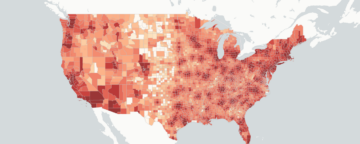 In this follow-up to the chapter on Measurement of Risk Taking from Developmental, Economic, and Neuroscience Perspectives, we examine developmental trends in adaptive versus maladaptive risk taking. Adaptive risk taking associated with tendencies such as sensation seeking is primarily exploratory and increases during adolescence. Maladaptive risk taking associated with impulsivity only tends to peak in adolescents with relatively poor impulse control. Our review indicates that much of adolescent risk taking is driven by a desire for exploration, which leads to learning and informs future decisions in adaptive ways. Maladaptive risk taking that leads to adverse outcomes (e.g., substance use disorder), is confined to a sub-group of adolescents who have relatively stable difficulties in impulse control. As with the first chapter, the stereotype that adolescents are more prone to maladaptive risk taking than children is not supported by our review.
In this follow-up to the chapter on Measurement of Risk Taking from Developmental, Economic, and Neuroscience Perspectives, we examine developmental trends in adaptive versus maladaptive risk taking. Adaptive risk taking associated with tendencies such as sensation seeking is primarily exploratory and increases during adolescence. Maladaptive risk taking associated with impulsivity only tends to peak in adolescents with relatively poor impulse control. Our review indicates that much of adolescent risk taking is driven by a desire for exploration, which leads to learning and informs future decisions in adaptive ways. Maladaptive risk taking that leads to adverse outcomes (e.g., substance use disorder), is confined to a sub-group of adolescents who have relatively stable difficulties in impulse control. As with the first chapter, the stereotype that adolescents are more prone to maladaptive risk taking than children is not supported by our review.
Authors
- Atika Khurana
- Dan Romer

